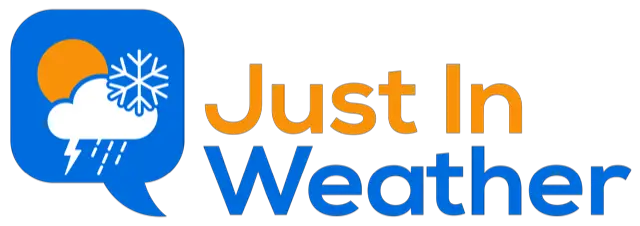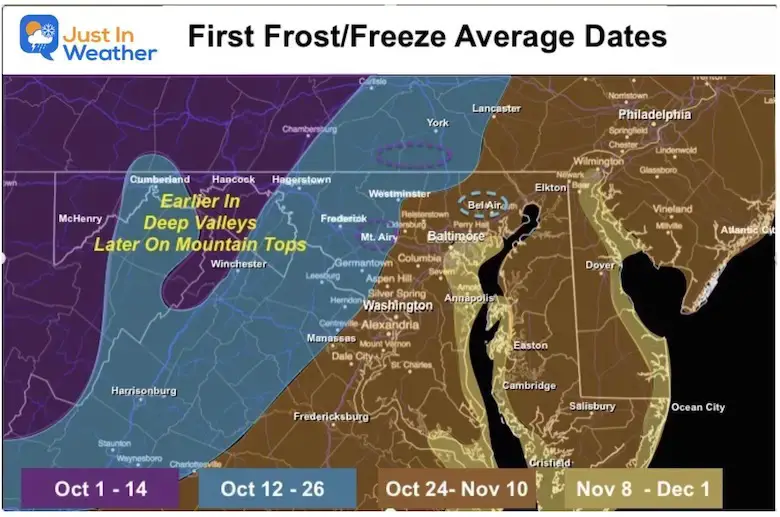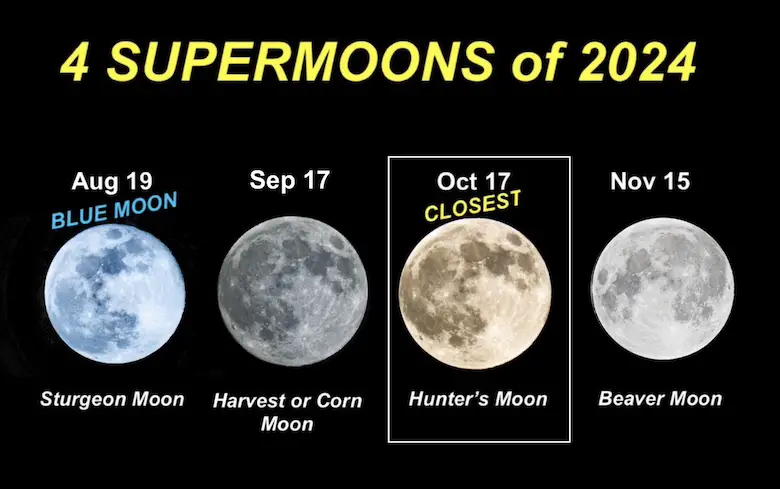History Of Daylight Saving Time: As it ends this year, should it end for good?
November 2, 2024
Isn’t it ironic that Standard Time actually is less than one-half of the time each year? In fact, Standard Time only lasts 4 months! As we turn the clocks back one hour this year on Sunday, November 3, the question we visit twice every year has come up again, in fact, TWO QUESTIONS:
Should we END Daylight Saving Time (DST), and if so, should we stay on DST or Standard Time?
In 2005, the US Congress passed the Energy Policy Act, extending Daylight Saving Time. It was enacted two years later. So, since 2007, DST has lasted eight months of the year, with the option to revert…
In this post, I want to explore time zones, visit the history of Daylight Saving Time, and see how staying on one time all year would impact our society.
Effects On Human Health
- Harvard Medical School and Johns Hopkins
- 55% of Americans feel extra groggy
- Can destabilize your mood
- Trade-Off: More morning light, less in the evening. Many people get home in the dark and miss the sun
- The body does produce more natural Melatonin (sleep hormone)
- Note: More car accidents usually occur within a few days after the time change…. Likely due to sleepiness
Attempt In The US Senate To End Daylight Saving Time
In all sincerity, I am surprised this has not been part of the presidential debate. The United States Congress established and updated the time multiple times. There was a successful push in the US Senate in 2022 to end the practice, but it needed the House of Representatives to approve it and forward it to the president. That has not happened… yet.
👀 WATCH: Senator Rubio speaks on the Senate floor following the unanimous passage of his Sunshine Protection Act to make Daylight Saving Time permanent. #LocktheClock 🌞 pic.twitter.com/q3EF9Y8Uy6
— Senator Rubio Press (@SenRubioPress) March 15, 2022
Time Zones Around The World
The circumference of Earth is about 25,000 miles, which is broken down to 24 hours on our clock to fit a full rotation (day). It actually takes 23 hours, 56 minutes, and 4 seconds.
In 1883, the North America had 144 local time zones. The increased use of railroads and the need for efficiency prompted the adoption of 5 time zones.
In 1918, the federal organization in charge of railroad regulation — the Interstate Commerce Commission (ICC) — was given the power to address coordination concerns. That year, five time zones were officially adopted as the US entered World War I: the Eastern, Central, Mountain, Pacific, and Alaska zones, all of which are still in use today.
Greenwich Mean Time (GMT) is the base set at the Prime Meridian, and the time zones are sliced out from there. Coordinated Universal Time, also known as Universal Time Code (UTC), came to replace GMT with more accurate and scientific measurements of time. This is also known as Zulu (Z), which is the universal time we (meteorologists) use for weather maps around the world.
Here in the Eastern US, STANDARD TIME is -5 hours from UTC. However, it is only used between November and March. Roughly 4 out of 12 months are STANDARD? That is already ironic.

There is a lot more to the time history, but for the purpose of this post, the time zones were set to establish better coordination for train travel. Prior to this, all local areas had their own time, and it was confusing.
The INCONSISTENT History Of Daylight Saving Time
The history of time changing and the seasons has been anything but consistent. If this seems a little later in the year, well, it is. Below is a little history of the Time Change Policy in the United States.
Of course, we can thank Ben Franklin, one of my favorite Renaissance Men and the most well-known of our country’s forefathers, for the original idea centuries ago. He never actually advocated for Standard and Daylight Saving Time. He did suggest adjusting time according to the sun at different times of the year. This was to benefit farmers and before electricity was deeply integrated into our lives. He believed that starting the day earlier in the summer would save the use of candles.
Ben made many contributions to weather, science, and our nation. However, this may have been one that is not regarded well in modern society.
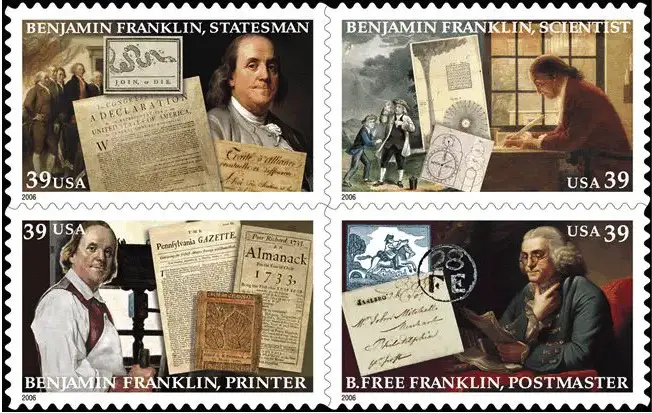
All About Energy!
During World War I, Germany was the first to adopt Daylight Saving Time to conserve fuel, and Europe Followed. The US adopted the Standard Time Act in 1918, which set summer time at the end of March. It was not popular and was revoked by Congress after the war.
1942—World War II: President Roosevelt instituted ‘War Time’ as a year-round standard, which lasted until September 1945.
1945-1966 No federal law on DST, but it was confusing as local cities made their own decision if and when to implement it.
1954: Only California and Nevada had statewide laws on Daylight Saving Time.
In the early 1960s, Daylight Saving Time observance was quite inconsistent, with a hodgepodge of time observances and no agreement about when to change clocks. The Interstate Commerce Commission, the nation’s timekeeper, was immobilized, and the matter remained deadlocked. Many business interests were supportive of standardization, although it became a bitter fight between the indoor and outdoor theater industries. The farmers, however, were opposed to such uniformity. State and local governments were a mixed bag, depending on local conditions.
Efforts at standardization were encouraged by a transportation industry organization, the Committee for Time Uniformity. They surveyed the entire nation by questioning telephone operators as to local time observances and found the situation quite confusing. Next, the Committee’s goal was a strong supportive story on the front page of the New York Times. Having rallied the general public’s support, the Time Uniformity Committee’s goal was accomplished, but only after discovering and disclosing that on the 35-mile stretch of highway (Route 2) between Moundsville, W.V., and Steubenville, Ohio, every bus driver and his passengers had to endure SEVEN time changes!
The Uniform Time Act
By 1966, some 100 million Americans were observing Daylight Saving Time based on their local laws and customs. Congress decided to step in and end the confusion and to establish one pattern across the country. The Uniform Time Act of 1966 (15 U.S. Code Section 260a), signed into Public Law 89-387 on April 12, 1966, by President Lyndon Johnson, created Daylight Saving Time to begin on the last Sunday of April and to end on the last Sunday of October. Any State that wanted to be exempt from Daylight Saving Time could do so by passing a state law.
The Uniform Time Act of 1966 established a system of uniform (within each time zone) Daylight Saving Time throughout the U.S. and its possessions, exempting only those states in which the legislatures voted to keep the entire state on standard time.
In 1972, Congress revised the law to provide that if a state was in two or more time zones, the state could exempt the part of the state that was in one time zone while providing that the part of the state in a different time zone would observe Daylight Saving Time. The Federal law was amended in 1986 to begin Daylight Saving Time on the first Sunday in April.
1973: The Oil Embargo led to a need for energy conservation. A controversial trial period of year-long DST started on January 6, 1974, and ended on April 27, 1975. “Those in favor pointed to increased daylight hours in the winter evening: more time for recreation, reduced lighting and heating demands, reduced crime, and reduced automobile accidents. The opposition was concerned about children leaving for school in the dark. The act was amended in October 1974 to return to standard time for the period beginning October 27, 1974, and ending February 23, 1975, when DST resumed. When the trial ended in 1975, the country returned to observing summer DST.
Under legislation enacted in 1986, Daylight Saving Time in the U.S. began at 2:00 a.m. on the first Sunday of April and ended at 2:00 a.m. on the last Sunday of October.
The Energy Policy Act of 2005 extended Daylight Saving Time in the U.S. beginning in 2007, though Congress retained the right to revert to the 1986 law should the change prove unpopular or if energy savings are not significant. Going from 2007 forward, Daylight Saving Time in the U.S.
- Begins at 2:00 a.m. on the second Sunday of March and
- Ends at 2:00 a.m. on the first Sunday of November
In most of the countries of Western Europe, including the countries that are members of the EU, Daylight Saving Time:
- Begins at 1:00 a.m. GMT on the last Sunday of March and
- Ends at 1:00 a.m. GMT on the last Sunday of October
Should We Stop Doing This?
When I have asked this question on social media, those who want to keep one time (most people) suggest staying on DST instead of returning to Standard Time….
Reminder as the change the clocks to also change the batteries in smoke detectors.
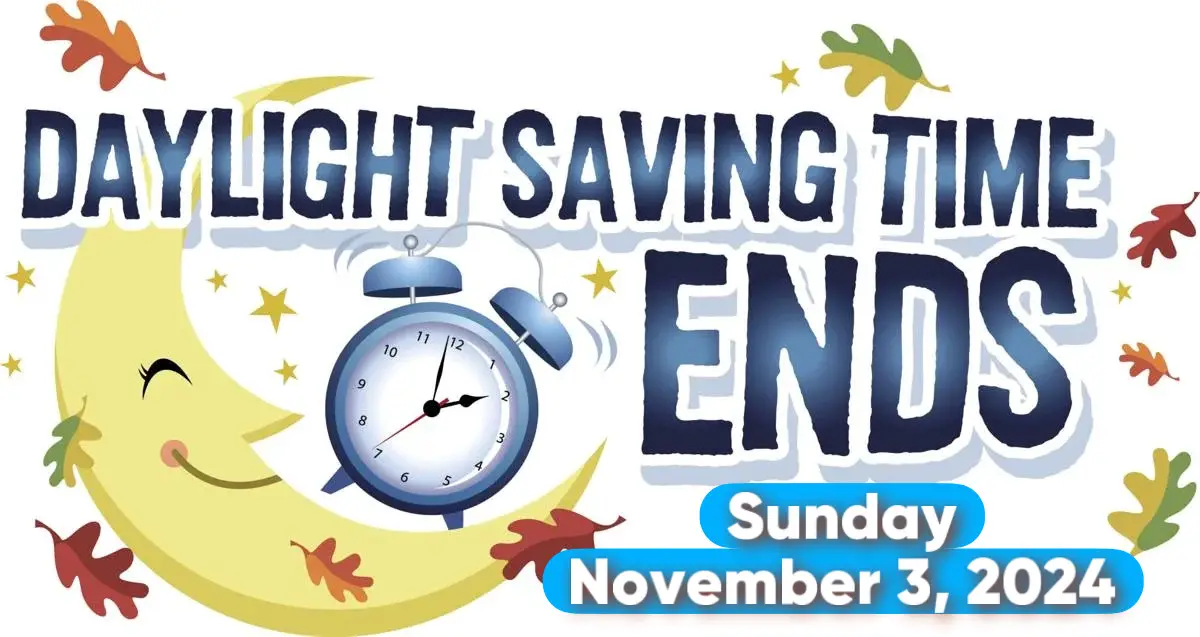
What STAYING On DST Would Mean:
If we STAY on Daylight Saving Time, then we would only be 4 hours behind UTC = 0
There would be no difference in our summers. In fact, the purpose of DST in the summer is to shift more daylight hours for when more people are awake.
If we did not have the change in Baltimore…
Summer Solstice:
June 21st
- Sunrise would be at 4:40 AM instead of 5:40 AM
- Sunset would be 7:36 PM instead of 8:36 PM.
We have been living in that, and it makes sense…
BUT…
If we stay on DST through the winter, the adjustment would be most noticeable in the mornings.
Winter Solstice (shortest daylight/lowest sun angle) in Baltimore:
December 21st
- Sunrise WOULD BE 8:22 AM
- Sunset WOULD BE 5:46 PM
There will be more sunlight for people after work, but the mornings would stay darker for longer.
TWO things that stand out relate to kids and schools.
- Kids would be at the bus stop or walk to school in the dark. Some high schoolers already do this, but it would encompass all grades and ages. The counterargument I have heard is that kids in Alaska deal with darkness for 5 to 6 months.
- Snowy or Icy Mornings. Those 2-hour Delays often allow for morning daylight to help thaw roads and allow school on marginal days. With DST, the warming effect of sunlight would also be shifted an hour later, thus delaying any help with travel. The counterargument to that would be utilizing a 3-hour delay. This has already been proposed in some districts simply to try and get more days engaged.
Support For Why This Practice Should End
Increase In Traffic Accidents
Subscribe for eMail Alerts
Weather posts straight to your inbox
Sign up and be the first to know!
FIRST FROST DATES
Here are the average dates across Maryland, and they match the advisories we saw last week.
Click this image to see more details across Maryland and Pennsylvania.
FOUR SUPERMOONS OF 2024
Please share your thoughts and best weather pics/videos, or just keep in touch via social media.
-
Facebook: Justin Berk, Meteorologist
-
Twitter
-
Instagram
SCHEDULE A WEATHER BASED STEM ASSEMBLY
Severe Weather: Storm Smart October and next spring
Winter Weather FITF (Faith in the Flakes): November To March
Click to see more and send a request for your school.
THANK YOU:
Baltimore Magazine Readers Choice Best Of Baltimore
Maryland Trek 11 Day 7 Completed Sat August 10
We raised OVER $104,000 for Just In Power Kids – AND Still Collecting More
The annual event: Hiking and biking 329 miles in 7 days between The Summit of Wisp to Ocean City.
Each day, we honor a kid and their family’s cancer journey.
Fundraising is for Just In Power Kids: Funding Free Holistic Programs. I never have and never will take a penny. It is all for our nonprofit to operate.
Click here or the image to donate:
RESTATING MY MESSAGE ABOUT DYSLEXIA
I am aware there are some spelling and grammar typos and occasional other glitches. I take responsibility for my mistakes and even the computer glitches I may miss. I have made a few public statements over the years, but if you are new here, you may have missed it: I have dyslexia and found out during my second year at Cornell University. It didn’t stop me from getting my meteorology degree and being the first to get the AMS CBM in the Baltimore/Washington region.
One of my professors told me that I had made it that far without knowing and to not let it be a crutch going forward. That was Mark Wysocki, and he was absolutely correct! I do miss my mistakes in my own proofreading. The autocorrect spell check on my computer sometimes does an injustice to make it worse. I also can make mistakes in forecasting. No one is perfect at predicting the future. All of the maps and information are accurate. The ‘wordy’ stuff can get sticky.
There has been no editor who can check my work while writing and to have it ready to send out in a newsworthy timeline. Barbara Werner is a member of the web team that helps me maintain this site. She has taken it upon herself to edit typos when she is available. That could be AFTER you read this. I accept this and perhaps proves what you read is really from me… It’s part of my charm. #FITF



